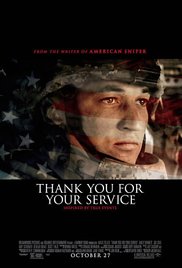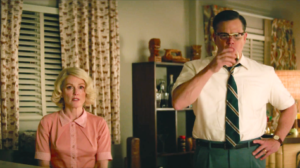Women Movie Critics React to the Study About Kids and Horror Movies
Posted on October 31, 2017 at 8:33 pm
Thanks to Betsy Bozdech and Jennifer Merin for inviting me to join other members of the Alliance of Women Film Journalists in responding to the Cable.TV report on children’s exposure to horror films.
Here’s a slightly expanded version of what I sent them:
When I was researching The Movie Mom’s Guide to Family Movies, I spoke to a number of people in their late teens or early 20’s because they were young enough to remember how they felt about the movies they saw as children and young teenagers but old enough to have some distance. I was very surprised to find that every single one of them immediately volunteered some scary movie that they still considered traumatizing, though the ones whose parents had allowed them to see the film, even mistakenly (“She had seen it on an airplane and didn’t realize that the worst parts were cut out”) were more upset than those who knew they were watching something their parents did not want them to see. I am always sorry when kids are upset by what they see, especially when they are so upset that they tear up or their voices shake when they talk about it years later. But I also recognize that no matter how careful parents are or how sheltered children are, whatever movie they see at exactly the moment when they are first able to understand the implications of scariness in a deeper way will always be considered especially upsetting. A concerned mother once told me that her two-year-old’s(!) favorite movie was “The Sound of Music,” and she wanted to see it every day but “I don’t want her to be scared by the Nazis.” I told her that a two-year-old has no ability to understand what Nazis are or even that the movie is more than a series of scenes of people singing, and cautioned her that in a few years, the child would suddenly see the movie in a different way as she reached a more mature developmental stage, and then she might find it scary.
I also want to note that every individual, including every child, has a very particular relationship to scary material. My own children were a boy and a girl, one who was never scared by anything he saw and really enjoyed scary movies and and one who, like me, still puts her hands over her eyes even in mildly scary movies. When my son was about 11 he told me he wanted to see more scary movies. I told him, “Lucky for you, you have a mother who is an expert on movies, so we’ll explore all the different kinds of scary — jump out at you, suspense, gore, etc. And so we did, and talked about what made something scary and how the filmmakers understood how audiences react and played into or didn’t play into our vulnerabilities and expectations. In my family, there was a boy whose parents were divorced, and it became his bonding time with his dad to go to horror movies together on weekends, ones I would have told them were completely inappropriate if they had asked me, which they did not. He loved them and is now a happy and healthy adult. So what I take away from all this is that parents need to know their children and listen to them about what kind of scares they are ready for and able to enjoy, but generally I recommend erring on the side of being protective.


